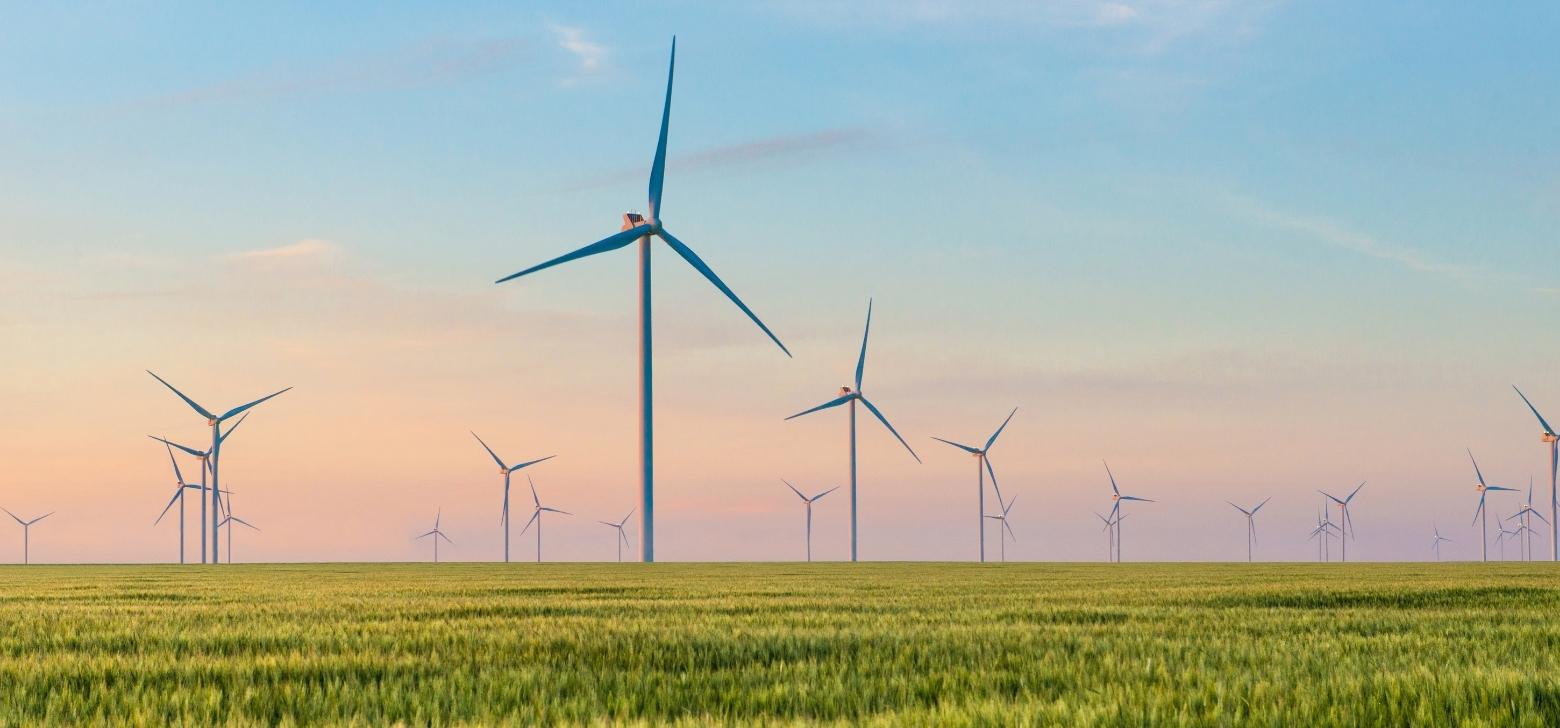Signify, a Climate Pledge signatory and formerly the lighting business of Philips, achieved carbon neutrality last September, delivering on a promise forged at COP21 in 2015. During the decade, the company also reduced its CO2 emissions by 70%.
Achieving carbon neutrality is not for the faint of heart and it’s all the more taxing if you have a multi-national presence, with a global manufacturing footprint and supply chain.
Signify benefited from an early start, having recognized the need to check their emissions earlier in the decade. Still, Signify learned a lot on the path to carbon neutrality that can help others and speed their efforts. What follows are some pieces of advice, hard-earned through experience.
1. Embrace systems change
Success on emissions reductions is dependent on making it core to your strategy. This means drafting business goals that align with and can be accomplished through efforts to reduce emissions.
Other steps are also key, including establishing science-based targets, dissecting every aspect of your operations to save energy and emissions, and investing in measurable, worthy projects that offset unavoidable carbon emissions.
From the outset, it is important to involve teams from supply chain management, manufacturing, business travel, human resources, energy procurement and real estate, as decisions made by them will directly impact your carbon footprint. Leave no stone unturned.
2. Understand your energy use
Signify broke down and reviewed energy use across all their operations. They then set out to transition to energy efficient technologies in their offices, manufacturing, and logistical sites. Installing their own energy efficient LED lighting was simple, but significant investment was made in energy efficient manufacturing technologies and more efficient HVAC systems.
Signify's supply chain and logistical operations provided ample opportunity for emission reductions. In a goal to reduce air freight, they re-engineered the loading strategy and struck a partnership with the Maersk shipping line, using only its most sustainable vessels. At the same time, Signify began transitioning their transport fleet to electric and hybrid vehicles. Elsewhere, policies were introduced to remove unnecessary business travel.
3. Embrace renewables and plan, plan, plan
Signify has a presence in 74 countries, making the shift to renewable electricity from solar and wind power a gradual process. They prioritized strategic regions with relatively high electricity consumption and/or a more developed level of renewable electricity, later transitioning regions with lower consumption and less developed renewable electricity markets.
Today, 100% of Signify's electricity comes from renewable sources. Instrumental to this were two virtual power purchase agreements -- a wind farm in Texas in 2016 and an agreement to purchase at least ten years supply of electricity from an onshore Polish windfarm in 2019.
4. Partner to offset with a purpose
Despite best intentions, some emissions are unavoidable, so offsetting will be an inevitable component of many plans to achieve carbon neutrality, particularly for global manufacturing companies. Choosing the right partners in offsetting is important and credibility and traceability of carbon offsetting projects are necessary considerations.
To close their emissions gap, Signify worked with carbon offsetting partner South Pole. Signify invested in carbon offsetting projects including a reforestation project in Colombia, a forest and wildlife conservation project on the southern shores of Zimbabwe’s Lake Kariba, and an off-grid solar energy program in India that has given rural populations access to light. These efforts have both reduced environmental impact while benefiting the wellbeing of rural communities.
5. Team up with other like-minded advocates
Signify works with various climate initiatives, including The Climate Pledge, whose signatories commit to become net zero carbon by 2040, 10 years ahead of the Paris Agreement. Working with such a group has connected them to other organizations making the same journey. The Climate Pledge community facilitates the transfer of knowledge into collaboration and action.
To help Signify meet their commitment, they joined the World Green Business Council’s Net Zero Carbon Building initiative, pledging to make all buildings in their control carbon neutral by 2030. Signify also works with NGOs including The Climate Group and joined its RE100 corporate leadership initiative committing to 100% renewable electricity and its EV100 program aimed at making electric vehicles the new normal by 2030.
Beyond carbon neutrality
With carbon neutrality achieved, there’s still more work ahead. It’s important to remember that carbon neutrality is not an excuse for complacency. You must never take your foot off the accelerator on emission reduction. It’s tempting to breathe a sigh of relief when the carbon neutrality check box is ticked, but don’t. Today, the world is finally waking up to the climate crisis. The next decade has to be one of ‘climate action.’ Future generations will look back to this time and judge us, not on what we say, but on what we do.


